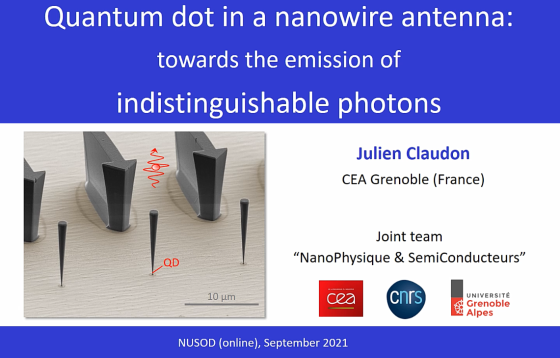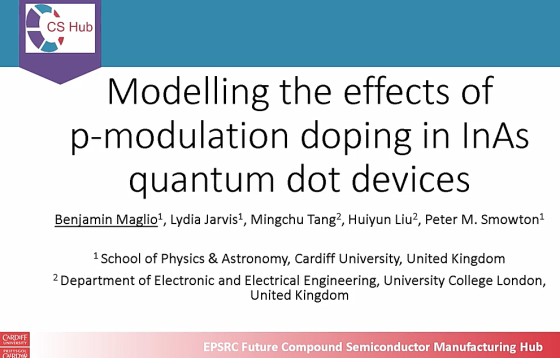N08–Dependence of conduction mechanism on bias and temperature in quantum-dot based electroluminescent devices
Quantum dots (QDs) provide some unique properties which make them preferable over other luminescent materials, one such property being adjustable and sharp emission which makes it an interesting candidate for electroluminescent devices. A QD based electroluminescent device has been taken into consideration in this theoretical study. The effect of the bias, temperature, the presence of […]















